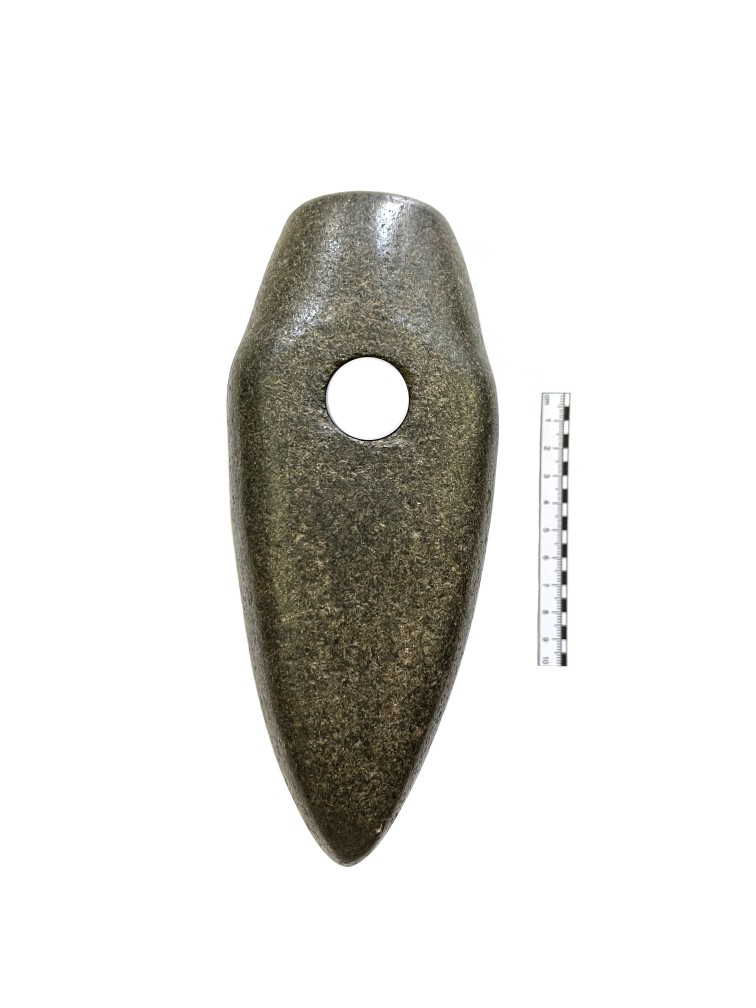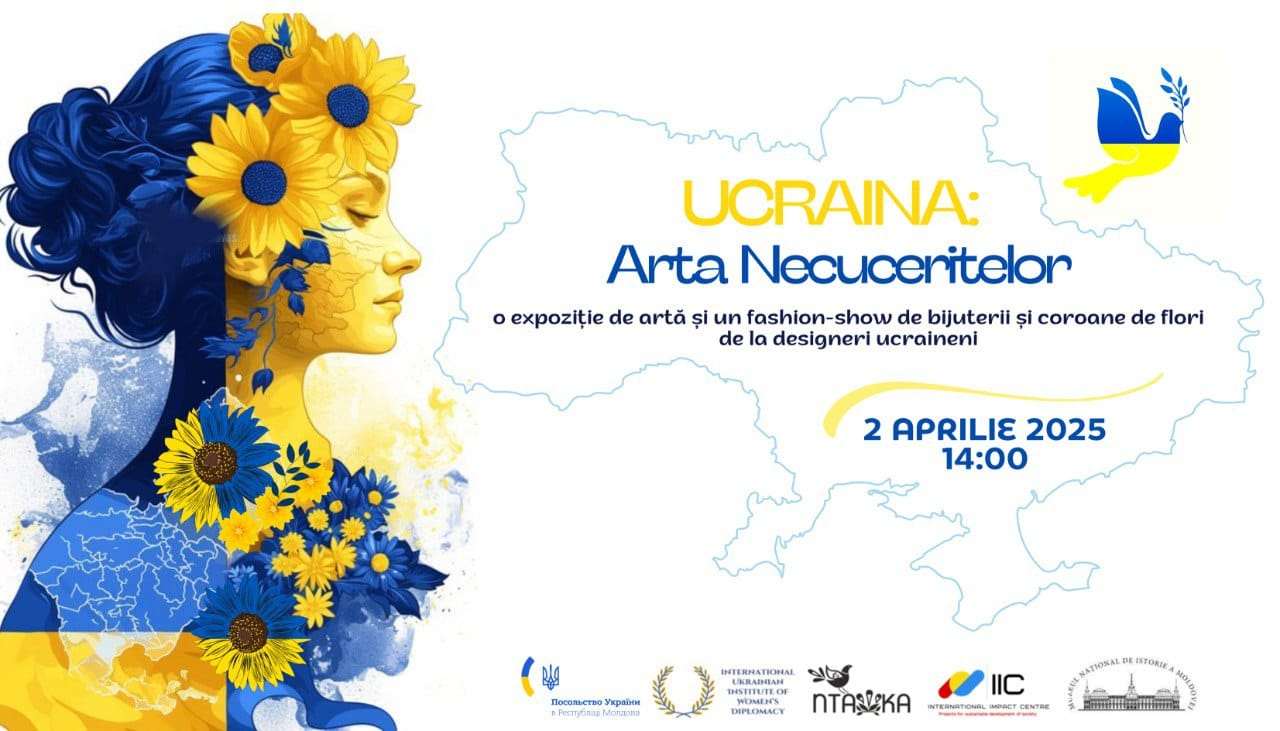  Events Archive Events Archive
Opening of the "I Love Sushi" exhibition
July 13, 2023
On July 13, at the National Museum of History of Moldova, took place the opening of the "I Love Sushi" exhibition, organized in partnership with the Embassy of Japan in the Republic of Moldova and the Japan Foundation. The Ambassador of Japan to the Republic of Moldova, Yamada Yoichiro, emphasized the close connection between food and a country's culture, expressing its attitude towards life through ingredients, the method of preparation and associated culinary traditions. His Excellency also noted that although sushi may seem like a simple food, fishermen in Japan have developed specific skills over the centuries to clean and preserve the fish immediately after the catch, keeping it fresh and tasty. Like many peoples with distinct culinary traditions, the Japanese are proud of their national cuisine, which reflects aspects of life. In 2013, UNESCO included Washoku, the traditional Japanese food, in the Intangible Cultural Heritage of Humanity. Livia Sîrbu, deputy director at the National Museum of History of Moldova, explained the exhibition concept, which was developed by the Japanese Foundation and is described in a manual on the basis of which the exhibition was organized. The exhibition is divided into three sections: introduction to sushi and discoveries related to this food, sushi in the Edo period, which highlights the cultural differences of this art, and sushi today. The exhibition has already been successfully hosted in Bucharest and is to be inaugurated in Spain as well. Ana Varzari, general secretary at the Ministry of Culture, mentioned that Japan and the Republic of Moldova celebrated 30 years of diplomatic relations in March 2022, emphasizing the importance of this partnership. Both diplomatic missions made significant efforts to strengthen and promote national culture. Japanese gastronomic culture is characterized by naturalness, beauty and tradition, and sushi has become a famous creation of Japanese cuisine, influencing Western customs. The "I Love Sushi" exhibition will be open to the general public until August 15, in Hall no. 1, ground floor, National Museum of History of Moldova, Chisinau, 31 August 1989 street, 121A.
|
 31 August 1989 St., 121 A, MD 2012, Chisinau, Republic of Moldova
31 August 1989 St., 121 A, MD 2012, Chisinau, Republic of Moldova
























































